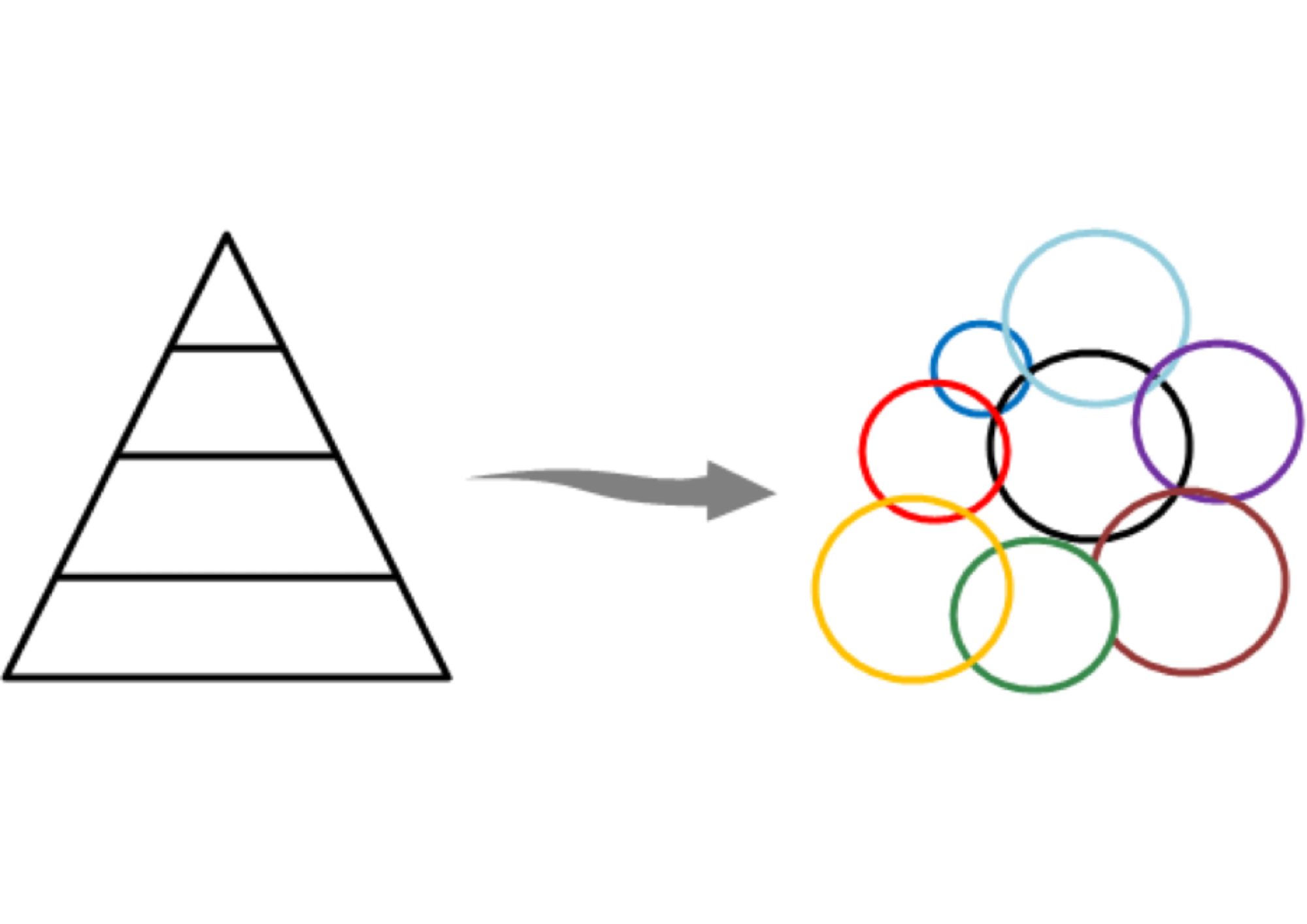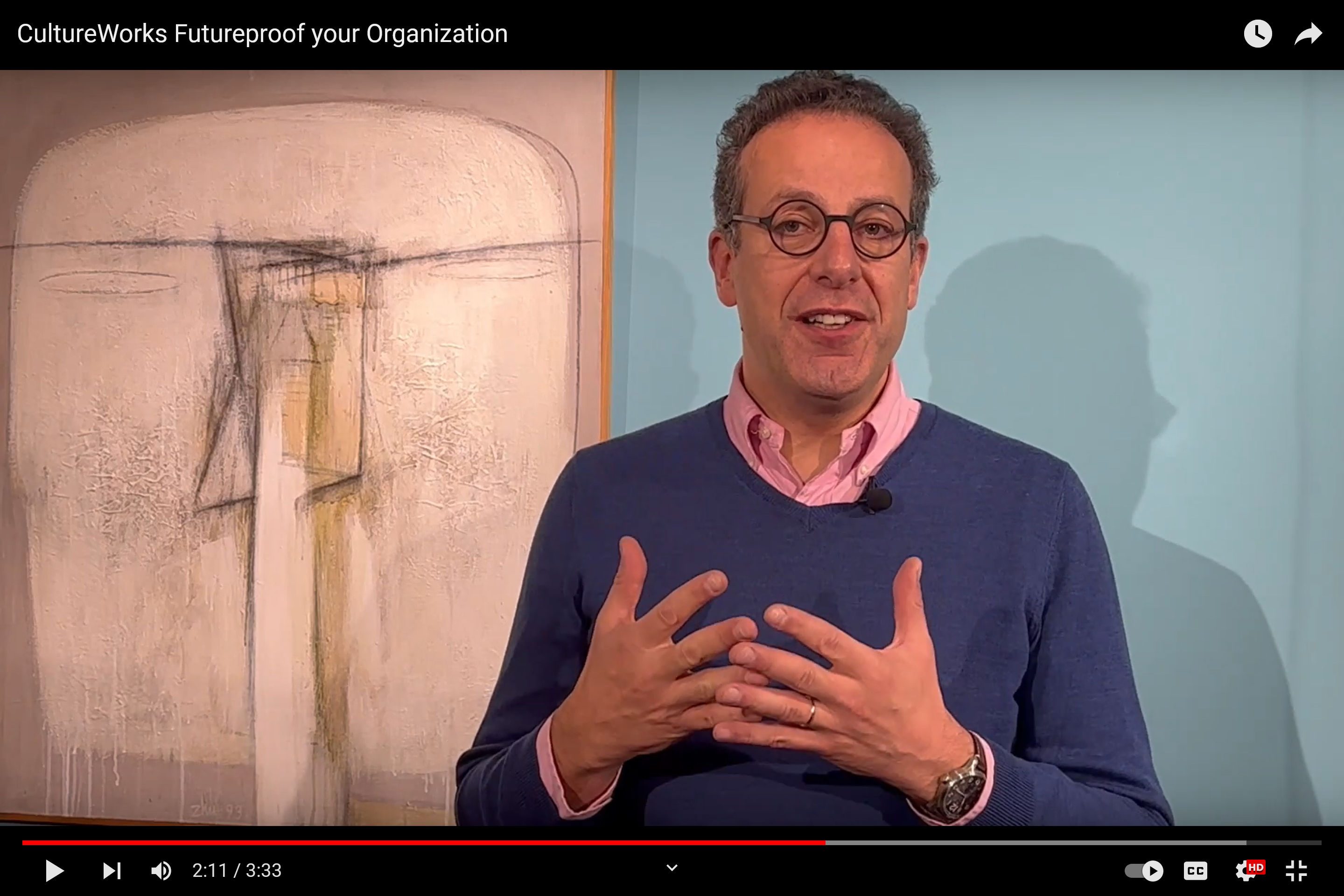In this thought-letter, I would like to give you a brief overview of the growing trend of participative management based on the duo of autonomy and responsibility. You will see some of the many challenges that classic hierarchal companies encounter when shifting from a mode of command & control to one of coach & empower. Based on my INSEAD master thesis, here is an overview of the main drivers and barriers to a leader’s change of posture. As a conclusion, there is a short reflection on the organizational implications of such a change.
A trend towards participative leadership and governance.
W. L. Gore & Associates, FAVI, Zappos, Semco, HCL Technologies, Buurtzorg, Morning Star and some other companies are coming up in leaders’ conversations more often. They are all fascinating and successful examples of participative organizations. They appear to be better-equipped to face challenging trends such as the increased pace of change, hyper-competition and a growing systemic complexity, where classical hierarchical organizations experience some difficulties.
As Gary Hamel expressed it: “You cannot build a company that is fit for the future without building one that is fit for human beings”.
These companies have created outstanding organizations, in which people are highly engaged and committed to the broad and long term company purpose, and they feel valued as individuals and as professionals. In an organic way (but not laisser-faire), associates and leaders undertake initiatives within the precious dual principle of autonomy and responsibility. The intention is to release people’s potential as much as possible to serve the purpose of the organization. And it works! These companies demonstrate great human, business and financial performances.
Participative or self-management is one of (if not the) most significant innovation since scientific management (Taylorism). As true innovators, these companies are now followed by a bunch of early adopters, of which many SMEs and certain larger entities such as Michelin, Décathlon and government agencies. Many companies begin a fundamental, transforming journey, which deeply affects their culture. One may expect that it will also be long, with ups and downs (anything but linear), successes and failures.
A journey towards participative management is a profound change, personally and organizationally.
The classical hierarchies adopt the paradigm “predict, command & control”. Decisions are made following the chain of command so that employees work in the most coordinated, structured and sometimes normalized way possible. One of the paradoxes of this system is people are hired based on their professional capabilities and drive, but they are mostly told what and how to do, which can be infantilizing. Decisions are taken by few people at the top who cannot grasp the whole complexity and reality of the field. Hierarchical layers stifle initiatives and affect employees’ morale.
Self-management relies on the paradigm “sense, coach & empower”. The system is based on trusting that people are well intentioned and have the potential to succeed in their role. Therefore, they are expected to take initiatives and make decisions, as long as they are aligned with the overall purpose and well-coordinated with affected colleagues/teams. This happens an organic and transparent way, often through consultation. Of course, they assume responsibility of what they undertake. This can sometimes be tough, as at Gore where all employees’ contributions are ranked yearly by their team. Performers at the top are recognized and those at the bottom are supported by their personal mentor.
If you are interested to learn more about these new organizational models, I recommend two books: “Reinventing Organizations” by Laloux in 2014 and “Freedom Inc.” by Getz and Carney in 2009.
Drivers and barriers in the personal change towards a participative leadership posture.
Such a journey of change has significant implications for leaders and employees, with the most challenges arising as to their attitude/posture. One of the biggest challenges for leaders is to quit their status-based authority and enter a posture of service to the success of their team. In the new model, titles turn out to be less relevant than the benefits of natural leadership. The leaders’ contribution is no longer to know better and provide ready-made solutions for their subordinates but to create the safe environment in which teammates will best express their talents. Another challenge is to let go of the illusion of control. They need to trust that others understand their reality and that they have the potential to succeed. Participative leaders have different kinds of conversations with their team to promote autonomy and responsibility.
I often make the parallel with parenthood: parents are challenged to change their posture from instructing and controlling kids to making them ready for an autonomous and responsible life.
At INSEAD, I recently submitted a thesis for the master in Consulting and Coaching for Change (clinical psychology applied to organizations) about the transition towards a participative leadership posture. Based on interviews within several organizations, I observed the main drivers and barriers to such a change.
Here are the key findings, to be considered as components of a more complex dynamic:
- The cognitive transition is faster than emotional one, which drives change in behaviour. In other words, granting trust and autonomy to others is easier said than felt and done.
- The personal past has the highest influence on a leader’s posture, including early family background, education and more recent experiences. I met a manager whose father’s trusting style when he was a child has made it easier for him to let go of control over others. Another person had studied biology, which gave him more consciousness of the interdependence in human systems and organic (dis)order, some characteristics of self-management. The past can also be the primary barrier to a new posture, for example if the person was not trusted as child.
- The boss is the second driver or obstacle. If my boss trusts me, it will inspire me to trust others. The contrary is also true.
- The company culture is a driver/barrier to the leaders’ ability to adopt a new posture. For example, if failure is not accepted within the company, people will fear learning a new way of leading, because they will make mistakes (learning requires failure). Or if most leaders grant autonomy to their team, it will motivate their more reluctant colleagues to do the same (we are social animals and want to be part of a movement).
- A well cultivated company purpose supports a shift of posture. When all employees are deeply committed to the “why” of their company, their initiatives will more naturally feed this purpose and require less top-down guidance.
Organizational implications of the change towards participative management.
At the organizational level, the transition towards self-management becomes even more complex because it combines all the personal drivers and barriers to change, but also business strategy, processes and systems. As a conclusion, I would like to share three ingredients -amongst others- to a successful transition:
- The firm intention of the CEO and top management to move towards participative management with an idea of the level of autonomy for the employees (find the suitable level, not necessarily full autonomy).
- The acceptance of a reasonable level of uncertainty and chaos because this journey is highly adaptive and requires experimentation.
- An inspiring company purpose known and supported by all employees sets the direction in which they express their creativity and talents.
I hope that this thoughts-letter feeds you in your journey. I’d be happy to have your feedback and discuss your views on the topic. Feel free to share with others.
All my best,
Lionel





